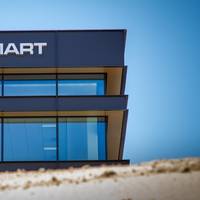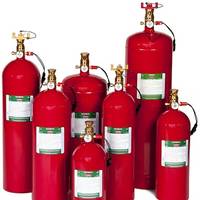Carnival Opens High-tech Training Center

Carnival Corporation & plc today announced the official opening of its Arison Maritime Center, a world-class facility dedicated to providing safety training for its bridge and engineering officers responsible for the navigation and operation of the company’s fleet of cruise ships. Located in Almere, Netherlands just outside Amsterdam, the new 75-million-euro facility features some of industry’s most advanced simulators and training equipment to provide annual training to more than 6,500 bridge and engineering officers from Carnival’s 10 global cruise line brands.
IPS Completes Two Ferry Deals for Stena Line

Birkenhead based IPS Marine Fabrications is continuing to ramp up growth in the passenger ferry market after completing work on two Stena Line vessels. The firm, run by maritime engineering specialists Paul Smith and Peter Hillan, has delivered a package of insulation and fabrication work for the Stena Ro-Pax Superfast ferries VII and VIII. All repairs were completed on the move while the vessels continued service between Belfast and Cairnryan in Ireland, ensuring no operational downtime.
3M Novec Gas Sea-Fire Extinguishers Debut at Seawork

U.K. independent marine safety equipment supplier Ocean Safety will debut the latest range of fire extinguishers from Sea-Fire at Seawork. The range, which was introduced earlier in the year, is the 3M Novec 1230 NDF and NFG Series. Novec introduces a safer gas which is less harmful than other types of gas if used in enclosed compartments such as small engine rooms. Sea-Fire's pre-engineered NFD and NFG systems are automatically heat-activated, using 3M Novec 1230 Fire Protection Fluid.
Biodispersion Is Viable Option for Floating Oil Treatment
It is estimated that as much as 30,000 tons of oil enter the seas every year, with about 62 percent coming from the industrial sector and 22 percent from ships. The marine industry, in particular, has worked fastidiously over the past 10 years - driven in large part by OPA 90 and other regional, national and international legislative measures - to ensure that oil never enters water. In order to clean up these aqueous environments, there is a need for a technology that is non-invasive, less labor intensive and cost effective. Any solution should: Be fast acting - remediation should take place in days or hours and not in months; not disturb the existing ecosystem…





